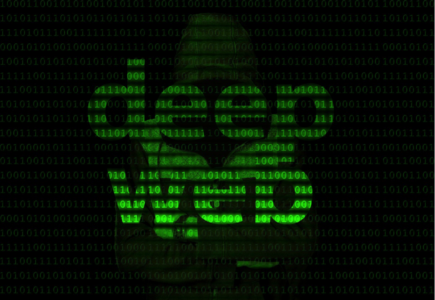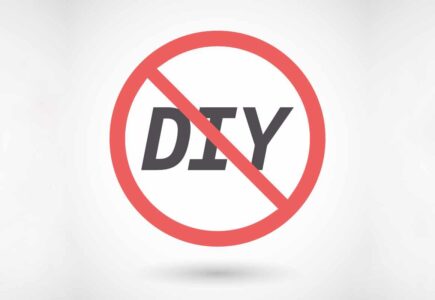In today’s legal landscape, the role of social media in discovery is impossible to ignore. Whether you’re handling employment disputes, criminal cases, personal injury claims, or family law matters, there’s a wealth of information available online—and missing it could mean missing critical evidence.
Even more, failing to leverage available technology in web discovery could raise ethical concerns under professional conduct rules. And if you’re relying solely on screenshots for social media evidence, you might end up with inadmissible copies unless you preserve them using proper e-discovery methods.
Authenticating Social Media Evidence: A Moving Target
The standard for authenticating social media evidence has been debated across courts—and it matters. Judges are cautious about admitting social media content, and rulings vary.
There are two primary approaches:
-
The Maryland Approach: Requires strong evidence that a post wasn’t falsified or created by someone else. (Griffin v. State, 19 A.3d 415 (Md. Ct. App. 2011))
-
The Texas Approach: Applies the same authentication standards as for other types of documentary evidence. (Tienda v. State, 358 S.W.3d 633 (Tex. Crim. App. 2012))
While courts are trending toward the more lenient Texas approach, authentication remains case-specific. One thing is clear: testimony from the person who printed the content isn’t enough. The case of Commonwealth v. Mangel offers a powerful cautionary tale.
Case Study: Commonwealth v. Mangel
In Commonwealth v. Mangel, the prosecution tried to introduce screenshots of Facebook messages as evidence in an assault case. A forensic detective testified that she believed the account belonged to the defendant based on profile details and subscriber records.
But despite her testimony, there was no direct evidence tying the defendant to authorship of the messages. The detective hadn’t collected login credentials, IP addresses, metadata, or forensic data. Both the trial and appellate courts ruled the evidence inadmissible.
Without circumstantial evidence like metadata or technical verification of authorship, the screenshots were just that—pictures, not proof.
Why Metadata Makes or Breaks Social Media Evidence
Metadata is critical when it comes to authenticating online evidence. In Mangel, preserved timestamps and technical data could have helped link the messages to the defendant and the time of the alleged crime.
Metadata strengthens your position by providing underlying data—dates, times, source information—that supports your claim that the evidence is genuine and unchanged. Whether you’re trying to admit Facebook posts, tweets, or images, properly preserved metadata improves your chances of success in court.
Key takeaway: If you’re gathering social media evidence, don’t stop at screenshots. Ensure you’re preserving the metadata that validates the content.
Ethical Responsibilities in Web Discovery
Failing to perform proper e-discovery—or using questionable methods—can put attorneys at risk of violating professional responsibilities.
Under ABA Model Rule of Professional Conduct 1.1, lawyers are required to maintain competence, which includes understanding “the benefits and risks associated with relevant technology.” Thirty-five states have already adopted this duty of technical competence, and many others reinforce it through ethics opinions.
Additional ethical rules that may apply in web discovery include:
-
Rule 1.3 (diligence)
-
Rule 4.1 (truthfulness)
-
Rule 4.2 (communication with represented parties)
-
Rule 4.3 (communication with unrepresented parties)
-
Rule 5.3 (responsibility for non-lawyer assistance)
-
Rule 8.4 (misconduct)
Technology evolves fast—and attorneys must evolve with it.
The Bottom Line
As more people share their lives online, the role of social media as evidence will only grow. To protect your clients and stay compliant, attorneys must integrate full e-discovery—including social media evidence—into every case.
If you’re unsure where to begin, you’re not alone. Our team at SMI Aware is here to help. We conduct defensible, ethical, and comprehensive social media and web discovery to support your litigation strategy.




